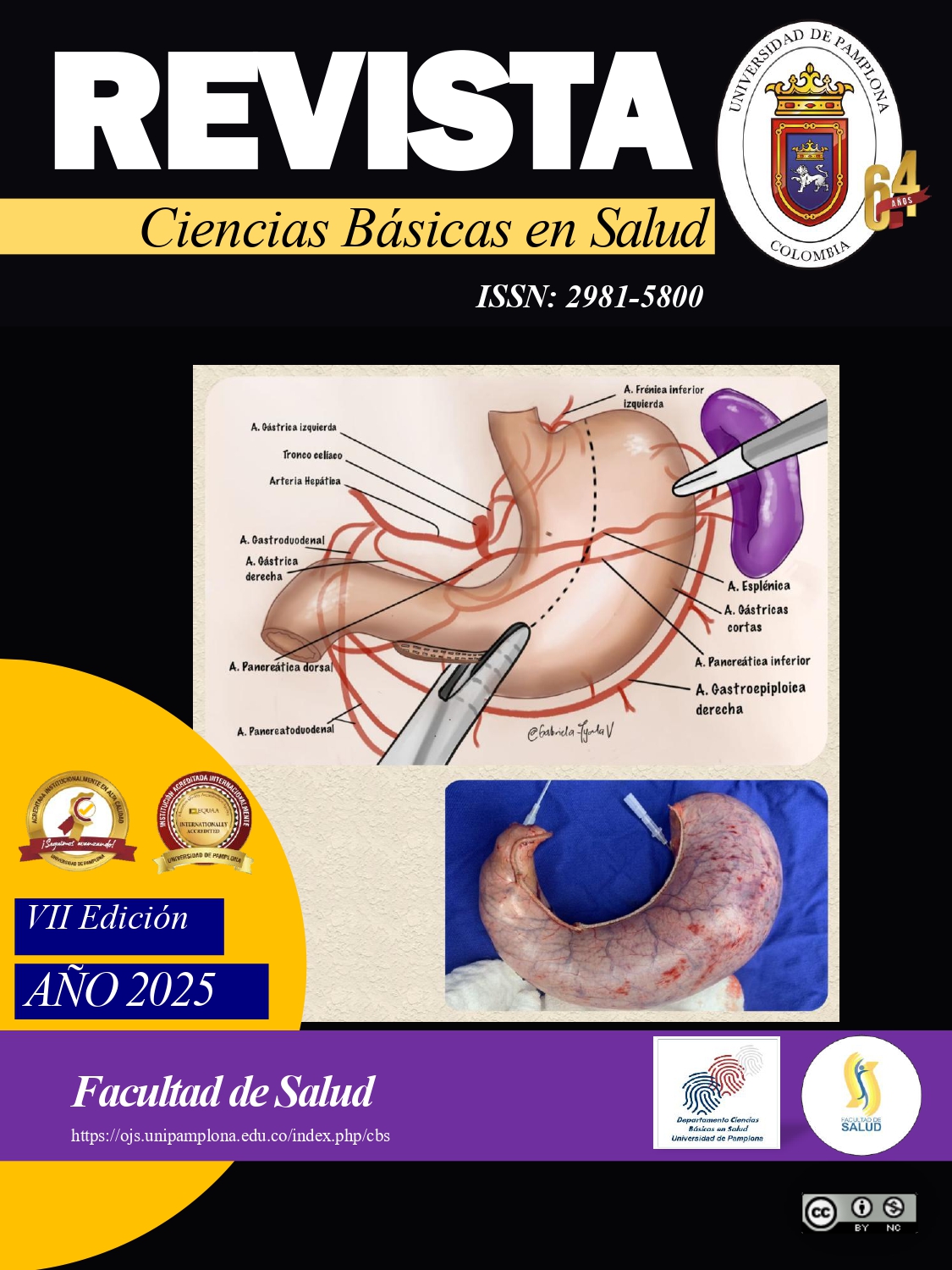Networks for Diagnosis of Diseases Associated With COVID-19 From 2020 to 2022 in Central Mexico
DOI:
https://doi.org/10.24054/cbs.v3i1.3638Keywords:
Neural Network Analysis, Organizational Learning, COVID-19, Diagnoses, DiseasesAbstract
Introduction: Diagnoses of diseases associated with COVID-19 become relevant considering their incidence and prevalence in central Mexico. Objective: The objective of this work was to compare a neural network model with the findings reported in the literature. Methodology: A documentary, cross-sectional, correlational, and retrospective work was conducted with a sample of 6,500 cases selected by centralized entity in Mexico. Results: The results demonstrate the learning sequence that goes from diagnoses to application entities, which reveals a collaborative network guided by tomography. Discussion: In relation to the state of the art where findings focused on decisions, collaborative strategies and knowledge management prevail, this work suggests including these dimensions to anticipate the responses of public health institutions in future health contingencies.
Downloads
References
Argyris, C., & Schön, D. A. (1978). Organizational learning: A theory of action perspective. Addison-Wesley.
Barney, J. B. (1991). Firm resources and sustained competitive advantage. Journal of Management, 17(1), 99-120. https://doi.org/10.1177/014920639101700108
Chowdhury, M. E. K., Rahman, M. A., Islam, M. R., Chisty, M. A., & Azad, A. K. (2021). Maternal mortality during the COVID-19 pandemic in Bangladesh: A nationwide cross-sectional study. PLOS Medicine, 18(8), e1003783. https://doi.org/10.1371/journal.pmed.1003783
Cohen, W. M., & Levinthal, D. A. (1990). Absorptive capacity: A new perspective on learning and innovation. Administrative Science Quarterly, 35(1), 128-152. https://doi.org/10.2307/2393553
Crossan, M. M., Lane, H. W., & White, R. E. (1999). An organizational learning framework: From intuition to institution. Academy of Management Review, 24(3), 522-537. https://doi.org/10.5465/amr.1999.2202135
DiMaggio, P. J., & Powell, W. W. (1983). The iron cage revisited: Institutional isomorphism and collective rationality in organizational fields. American Sociological Review, 48(2), 147-160. https://doi.org/10.2307/2095101
Dodgson, M. (1993). Organizational learning: A review of some literatures. Organization Studies, 14(3), 375-394. https://doi.org/10.1177/017084069301400303
Easterby-Smith, M., Crossan, M., & Nicolini, D. (2000). Organizational learning: Debates past, present and future. Journal of Management Studies, 37(6), 783-796. https://doi.org/10.1111/1467-6486.00203
Fiol, C. M., & Lyles, M. A. (1985). Organizational learning. Academy of Management Review, 10(4), 803-813. https://doi.org/10.5465/amr.1985.4279103
Freeman, R. E., & Reed, D. L. (1983). Stockholders and stakeholders: A new perspective on corporate governance. California Management Review, 25(3), 88-106.
Garvin, D. A. (1993). Building a learning organization. Harvard Business Review, 71(4), 78-91. Recuperado de https://hbr.org/1993/07/building-a-learning-organization
Grasselli, G., Zangrillo, A., Zanella, A., Antonelli, M., Cabrini, L., Castelli, A., ... & Pesenti, A. (2020). Baseline characteristics and outcomes of 1591 patients infected with SARS-CoV-2 admitted to ICUs of the Lombardy region, Italy.
JAMA, 323(16), 1574-1581. https://doi.org/10.1001/jama.2020.5394
Guan, W., Ni, Z., Hu, Y., Liang, W., Ou, C., He, J., ... & Zhong, N. (2020). Clinical characteristics of coronavirus disease 2019 in China. The New England Journal of Medicine, 382(18), 1708-1720. https://doi.org/10.1056/NEJMoa2002032
Huber, G. P. (1991). Organizational learning: The contributing processes and the literatures. Organization Science, 2(1), 88-115. https://doi.org/10.1287/orsc.2.1.88
Kotlar, B., Gerson, E. M., Petrillo, S., Langer, A., & Tiemeier, H. (2021). The impact of the COVID-19 pandemic on maternal and perinatal health: A scoping review. Reproductive Health, 18, Article 10. https://doi.org/10.1186/s12978-021-01070-6
Lawrence, P. R., & Lorsch, J. W. (1967). Differentiation and integration in complex organizations. Administrative Science Quarterly, 12(1), 1-47. https://doi.org/10.2307/2391211
March, J. G., & Simon, H. A. (1958). Organizations. Wiley. (No DOI disponible; consulta el libro clásico en bibliotecas académicas).
Meyer, J. W., & Rowan, B. (1977). Institutionalized organizations: Formal structure as myth and ceremony. American Journal of Sociology, 83(2), 340-363. https://doi.org/10.1086/226550
Mintzberg, H. (1979). The structuring of organizations: A synthesis of the research. Prentice-Hall.
Nonaka, I. (1994). A dynamic theory of organizational knowledge creation. Organization Science, 5(1), 14-37. https://doi.org/10.1287/orsc.5.1.14
Nonaka, I., & Takeuchi, H. (1995). The knowledge-creating company: How Japanese companies create the dynamics of innovation. Oxford University Press
Pfeffer, J., & Salancik, G. R. (1978). The external control of organizations: A resource dependence perspective. Harper & Row.
Richardson, S., Hirsch, J. S., Narasimhan, M., Crawford, J. M., McGinn, T., Davidson, K. W., ... & Northwell COVID-19 Research Consortium. (2020). Presenting characteristics, comorbidities, and outcomes among 5700 patients hospitalized with COVID-19 in the New York City area. JAMA, 323(20), 2052-2059. https://doi.org/10.1001/jama.2020.6775
Schein, E. H. (1985). Organizational culture and leadership. Jossey-Bass.
Senge, P. M. (1990). The fifth discipline: The art and practice of the learning organization. Doubleday/Currency.
Downloads
Published
How to Cite
Issue
Section
License
Copyright (c) 2025 Basic Health sciencies journal

This work is licensed under a Creative Commons Attribution-NonCommercial 4.0 International License.







